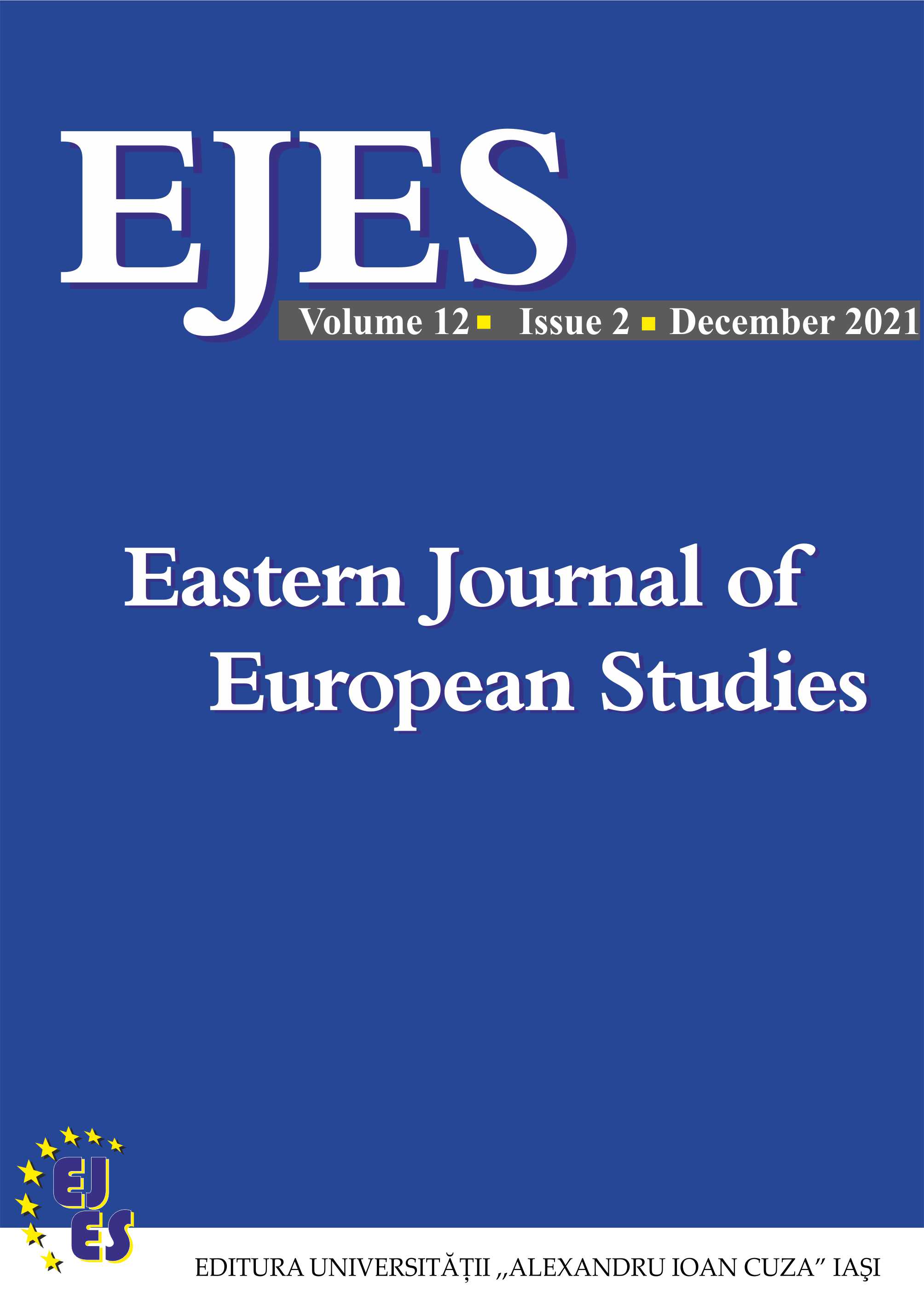Interaction between business and financial cycles: evidence from Turkey
Interaction between business and financial cycles: evidence from Turkey
Author(s): Veysel Karagöl, Burhan DoğanSubject(s): National Economy, Economic policy, Public Finances, Socio-Economic Research
Published by: Editura Universităţii »Alexandru Ioan Cuza« din Iaşi
Keywords: business cycle; financial cycle; Bry-Boschan quarterly algorithm; symmetric causality; asymmetric causality;
Summary/Abstract: This study investigates the relationship between the business and financial cycles in Turkey. While gross domestic product represented business cycles, nine different indices including real effective exchange rate in addition to credit and stock markets indicators were calculated for financial cycles. Initially, Bry-Boschan quarterly algorithm was used for defining cycle characteristics such as turning points, duration, amplitude, slope and cumulative loss. Subsequently, the series detrended through Hodrick-Prescott filter were subjected to Hacker and Hatemi-J (2006) symmetric and Hatemi-J (2012) asymmetric causality tests. In addition to the fact that the number of financial cycles is higher than the number of business cycles, financial cycles follow a more sloped and rapid cycle than business cycles. Findings also point out that there is significant synchronization between the two cycles especially during contraction phases. Furthermore, there is the presence of a symmetric and asymmetric causality relationship running from financial cycles to business cycles in Turkey. These evidences outline that policy makers should take into account the role played by financial cycles on the output.
Journal: Eastern Journal of European Studies
- Issue Year: 12/2021
- Issue No: 2
- Page Range: 123-150
- Page Count: 28
- Language: English

